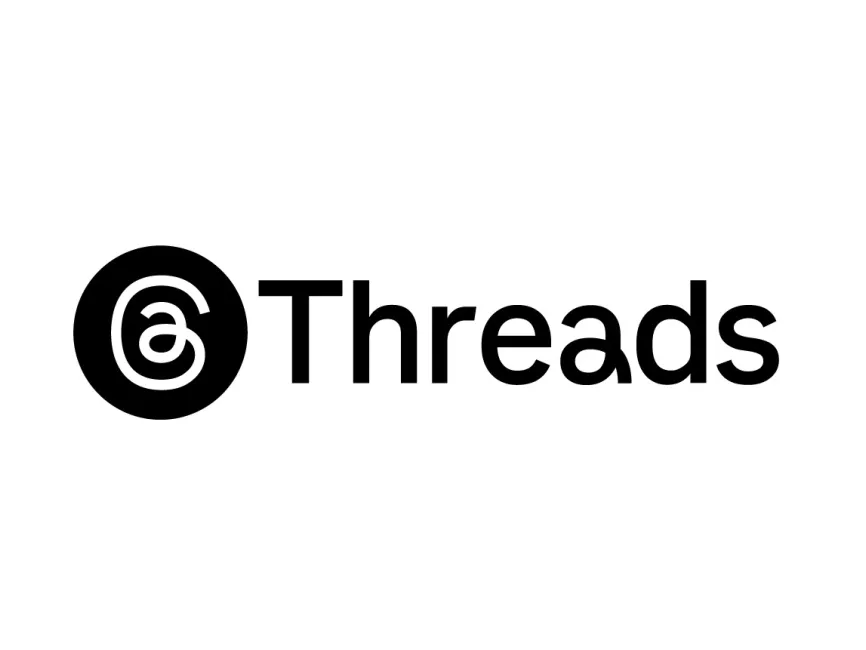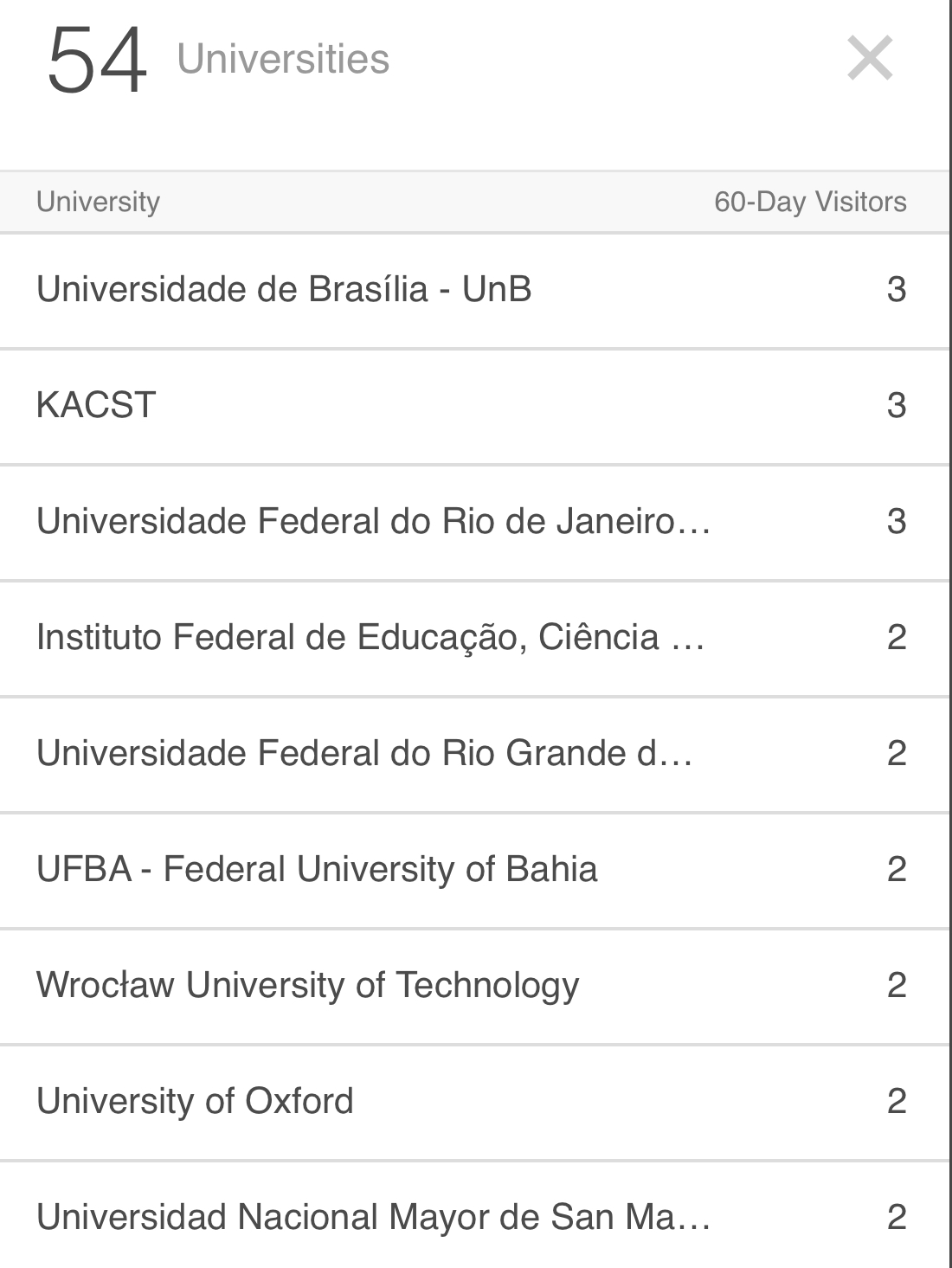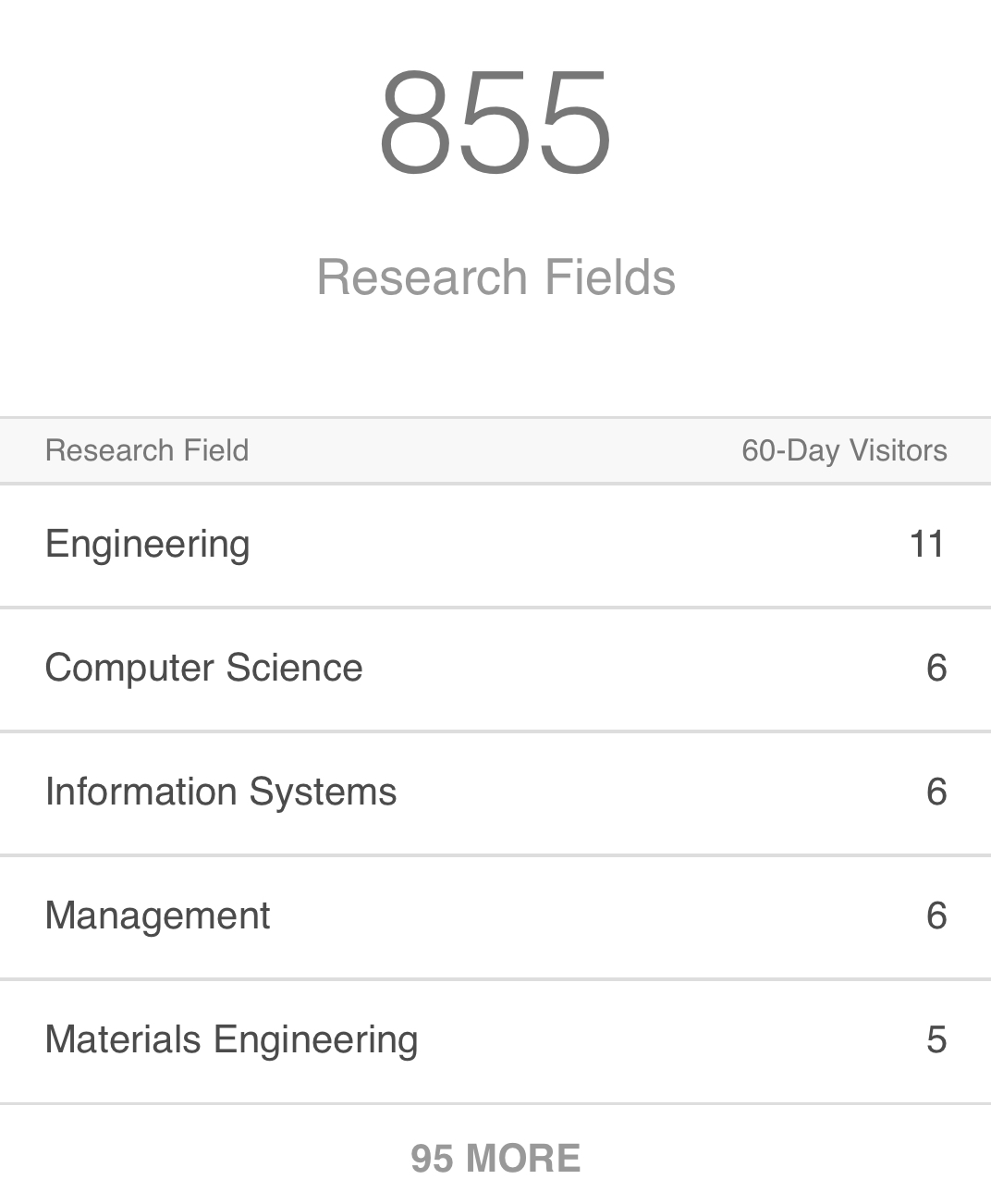Abordagens terapêuticas no tratamento de queloides: uma revisão
DOI:
https://doi.org/10.47456/bjpe.v8i3.37230Palavras-chave:
Queloide, TerapêuticaResumo
Os Queloides são hiperplasias fibrosas da pele, consideradas tumores benignos do tecido conjuntivo e não possuem resolução espontânea. Pode surgir espontaneamente ou secundário a um trauma, infecção e queimaduras, podendo afetar qualquer parte do corpo e permanecer por anos após a lesão inicial. Essas cicatrizes, por serem muitas vezes desfigurantes esteticamente, podem provocar sofrimento emocional, deterioração da saúde mental, contribuir para uma imagem corporal negativa, dificuldade de relacionamentos e sintomas depressivos. Portanto, objetivou-se verificar as abordagens terapêuticas para o tratamento dos queloides. Efetuou-se uma revisão integrativa da literatura a partir da questão de pesquisa “Quais as abordagens terapêuticas para o tratamento dos queloides?”. Para seleção dos artigos que compõem esse estudo, foi realizada buscas nas seguintes bases de dados: National Library of Medicine e Science Direct utilizando-se como critérios de elegibilidade somente estudos que contemplassem a questão de pesquisa, publicados no recorte temporal de 2013 a 2021, artigos, ensaios clínicos randomizados e artigos de revisão sistemática. A amostra final foi composta por 12 publicações. Os resultados evidenciaram que a injeção intralesional de corticosteroides foi a estratégia mais utilizada para o tratamento das cicatrizes, por possuírem um efeito anti-inflamatório e de imunossupressão. Ademais, a excisão cirúrgica, crioterapia, radioterapia e terapia com laser também são tratamentos muito utilizados atualmente. Constatou-se a indexistência de um tratamento definitivo e apropriado, entretanto, existem várias terapêuticas promissoras e que têm apresentando bons resultados como a combinação de tratamentos cirúrgicos e conservadores.
Downloads
Referências
Ahuja, R. B., Chatterjee, P., & Deraje, V. (2015). A critical appraisal of nonsurgical modalities for managing hypertrophic scars and keloids. Formosan Journal of Surgery, 48(2), 49-56.
Arno, A. I., Gauglitz, G. G., Barret, J. P., & Jeschke, M. G. (2014). Up-to-date approach to manage keloids and hypertrophic scars: a useful guide. Burns, 40(7), 1255-1266.
Azulay, D. R. (2017). Dermatologia. (7a ed.). Rio de Janeiro: Editora Guanabara Koogan Ltda.
Azulay, L., Hanauer, L., Leal, F., & Azulay, D. R. (2020). Atlas de Dermatologia - Da Semiologia ao Diagnóstico. (3a ed.). Rio de Janeiro: Editora Guanabara Koogan Ltda.
Bashir, M. M., Ahmad, H., Yousaf, N., & Khan, F. A. (2015). Comparison of single intra operative versus an intra operative and two post operative injections of the triamcinolone after wedge excision of keloids of helix. J Pak Med Assoc, 65(7), 737-41.
Bijlard, E., Timman, R., Verduijn, G. M., Niessen, F. B., Van Neck, J. W., Busschbach, J. J., & Mureau, M. A. (2013). Intralesional cryotherapy versus excision and corticosteroids or brachytherapy for keloid treatment: study protocol for a randomised controlled trial. Trials, 14(1), 1-7.
Chua, S. C., Gidaszewski, B., & Khajehei, M. (2019). Efficacy of surgical excision and sub-dermal injection of triamcinolone acetonide for treatment of keloid scars after caesarean section: a single blind randomised controlled trial protocol. Trials, 20(1), 1-9.
Corrêa, P. M., Passos, C. E. F., Souza, E. M., de, Sousa, G. A., Jacintho, J. D. O., Oliveira, L. B., de... & Lima, J. D. S. F. (2019). Tratamento para queloides: revisão de literatura. Rev. bras. cir. plást, 391-398.
Danielsen, P. L., Rea, S. M., Wood, F. M., Fear, M. W., Viola, H. M., Hool, L. C., ... & Wallace, H. J. (2016). Verapamil is less effective than triamcinolone for prevention of keloid scar recurrence after excision in a randomized controlled trial. Acta dermato-venereologica, 96(6), 774-779.
Dantas, A. C. G. C., Souza, A., K., de., Vinícius, A., Santana, B., Melo, R. C. L., de., Silva, F., V. T., de., & de Almeida, L. M. S. (2021). Aesthetic and functional rehabilitation using triamcinolone on patient suffered by facial firework injury. Rev Cubana Estomatol, 58(1), e2949.
Deng, K., Xiao, H., Liu, X., Ogawa, R., Xu, X., & Liu, Y. (2021). Strontium-90 brachytherapy following intralesional triamcinolone and 5-fluorouracil injections for keloid treatment: A randomized controlled trial. PloS one, 16(3), e0248799.
Ferreira, C. M., & D’Assumpção, E. A. (2006). Cicatrizes hipertróficas e queloides. Rev Soc Bras Cir Plást, 21(1), 40-8.
Jiang, Z. Y., Liao, X. C., Liu, M. Z., Fu, Z. H., Min, D. H., Yu, X. T., & Guo, G. H. (2020). Efficacy and safety of intralesional triamcinolone versus combination of triamcinolone with 5-fluorouracil in the treatment of keloids and hypertrophic scars: a systematic review and meta-analysis. Aesthetic plastic surgery, 1-10.
Khan, M. A., Bashir, M. M., & Khan, F. A. (2014). Intralesional triamcinolone alone and in combination with 5-fluorouracil for the treatment of keloid and hypertrophic scars. J Pak Med Assoc, 64(9), 1003-7.
Kumar, V., Abbas, A. K., Fausto, N., & Mitchell, R. (2018). Robbins Patologia Básica. (10a ed.). Rio de Janeiro: Gen | Grupo Editorial Nacional S.A.
Kumar, V; Abbas, A; & Aster, J. (2016). Robbins & Cotran Patologia: bases patológicas das doenças. (9a ed.). Rio de Janeiro: Elsevier Editora Ltda.
Mendes, K. D. S., Silveira, R. C. D. C. P., & Galvão, C. M. (2008). Revisão integrativa: método de pesquisa para a incorporação de evidências na saúde e na enfermagem. Texto & contexto-enfermagem, 17, 758-764.
O'Brien, L., & Jones, D. J. (2013). Silicone gel sheeting for preventing and treating hypertrophic and keloid scars. Cochrane database of systematic reviews, (9).
Ojeh, N., Bharatha, A., Gaur, U., & Forde, A. L. (2020). Keloids: Current and emerging therapies. Scars, Burns & Healing, 6, 2059513120940499.
Oosterhoff, T. C., Beekman, V. K., List, J. P., & Niessen, F. B. (2021). Laser treatment of specific scar characteristics in hypertrophic scars and keloid: A systematic review. Journal of Plastic, Reconstructive & Aesthetic Surgery, 74(1), 48-64.
Pagnano, L. D. O., Baraldi-Artoni, S. M., Pacheco, M. R., Santos, E. D., Oliveira, D., & Lui, J. F. (2008). Morfometria de fibroblastos e fibrócitos durante o processo cicatricial na pele de coelhos da raça Nova Zelândia Branco tratados com calêndula. Ciência Rural, 38, 1662-1666.
Pangkanon, W., Yenbutra, P., Kamanamool, N., Tannirandorn, A., & Udompataikul, M. (2021). A comparison of the efficacy of silicone gel containing onion extract and aloe vera to silicone gel sheets to prevent postoperative hypertrophic scars and keloids. Journal of Cosmetic Dermatology, 20(4), 1146-1153.
Ross, M. H., & Pawlina, W. (2016). Histologia: texto e atlas, correlações com Biologia celular e molecular. (7a ed.). Rio de Janeiro: Guanabara Koogan.
Santos, J. M. P. D., Souza, C. D., Vasconcelos, A. C. D., & Nunes, T. A. (2015). Efeito da triancinolona na apoptose celular e nas alterações morfológicas em queloides. Revista do Colégio Brasileiro de Cirurgiões, 42, 171-174.
Silva Filho, L. P., Ornelas, R. F., Fernandes, A. F. P., Nunes, M. S., Rocha, L. F., da Silva, M. C., ... & Almeida, J. R. (2021). Atualidade no tratamento das queloides: uma revisão de literatura. Brazilian Applied Science Review, 5(2), 1148-1156.
Souza, M. T. D., Silva, M. D. D., & Carvalho, R. D. (2010). Revisão integrativa: o que é e como fazer. Einstein (São Paulo), 8, 102-106.
Zhuang, Z., Li, Y., & Wei, X. (2021). The safety and efficacy of intralesional triamcinolone acetonide for keloids and hypertrophic scars: A systematic review and meta-analysis. Burns.
Downloads
Publicado
Edição
Seção
Licença
Copyright (c) 2022 Igor Mendes Lima, Lívio e Vasconcelos do Egypto, Milena Nunes Alves de Sousa (Autor)

Este trabalho está licenciado sob uma licença Creative Commons Attribution 4.0 International License.

Atribuição 4.0 internacional CC BY 4.0 Deed
Esta licença permite que outros remixem, adaptem e desenvolvam seu trabalho não comercialmente, contanto que eles creditem a você e licenciem suas novas criações sob os mesmos termos.



2.png)

























































